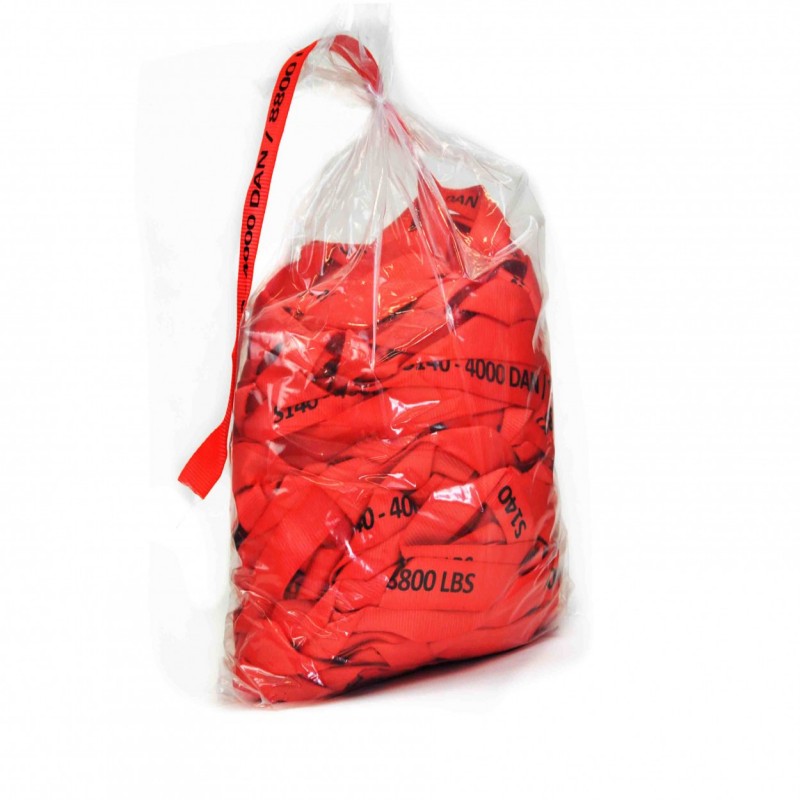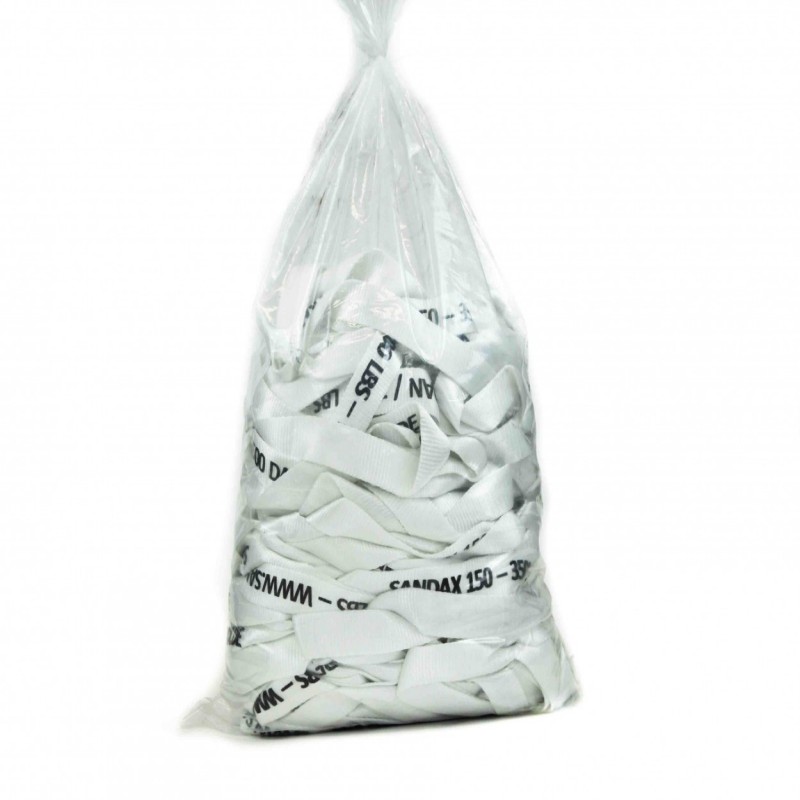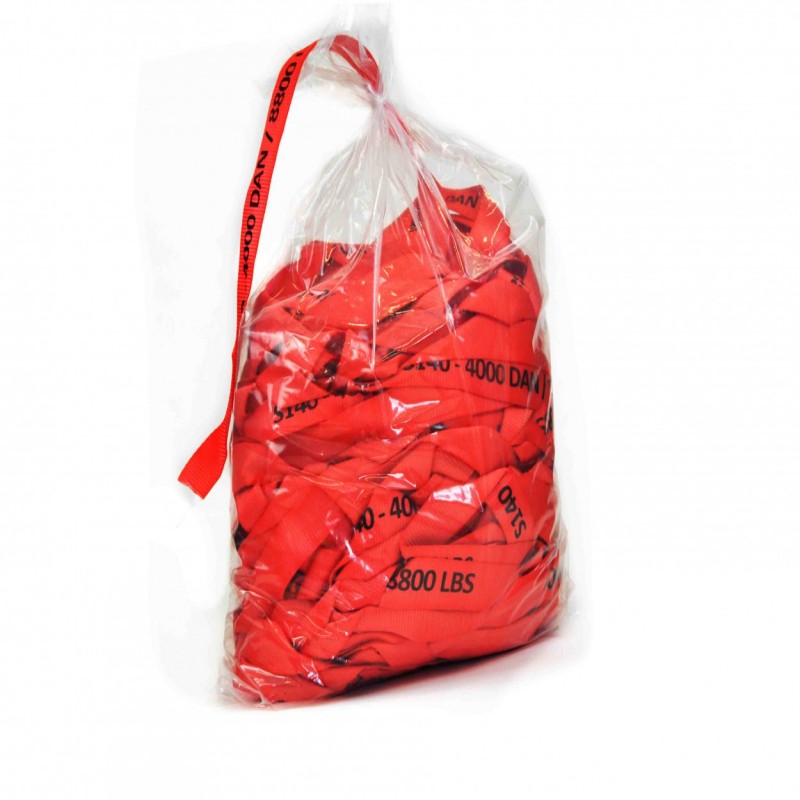Cardboard Baler Tape: The Essential Component for Efficient Recycling Processes
In the global push towards sustainability and environmental responsibility, recycling plays a pivotal role. Among the materials commonly recycled, cardboard stands out due to its widespread use in packaging across industries. However, the efficient recycling of cardboard hinges not only on collection and sorting but also on proper bundling and baling techniques. This is where cardboard baler tape emerges as a crucial element in the recycling process.
Understanding Cardboard Baler Tape
Cardboard baler tape, also known as baling tape or strapping tape, serves as the binding agent for compacting cardboard into dense bales. These bales are easier to transport, store, and process, thus optimizing the efficiency of recycling operations. Made from durable materials like polypropylene or polyester, baler tape ensures that cardboard bales maintain their structural integrity during handling and transportation.

The Role in Recycling Operations
1. Bundling Efficiency: When recyclable cardboard is collected, it needs to be bundled efficiently to maximize storage space and transportation efficiency. Cardboard baler tape securely binds cardboard together, allowing for neat and compact bundles that can be easily stacked and stored.
2. Baling Strength: Once bundled, the cardboard needs to be compressed into bales for transportation to recycling facilities. Cardboard baler tape reinforces these bales, preventing them from falling apart during handling or transit. This not only streamlines logistics but also minimizes the risk of waste material escaping into the environment.
3. Safety and Handling: Properly secured bales reduce the risk of workplace accidents associated with loose cardboard. Cardboard baler tape ensures that bales remain intact, reducing the likelihood of injuries caused by shifting or falling materials.
Benefits of Cardboard Baler Tape
1. Cost-Effective Solution: Investing in cardboard baler tape is a cost-effective measure for recycling facilities. By efficiently bundling and baling cardboard, businesses can reduce storage and transportation costs while maximizing the value of recyclable materials.
2. Environmental Sustainability: Efficient recycling processes facilitated by cardboard baler tape contribute to environmental sustainability by reducing landfill waste and conserving natural resources. By compacting cardboard into dense bales, fewer transportation trips are required, resulting in lower fuel consumption and carbon emissions.
3. Operational Efficiency: Streamlining recycling operations with cardboard baler tape improves overall efficiency. Neatly bundled and securely baled cardboard simplifies storage, handling, and transportation, saving time and labor resources for recycling facilities.

Best Practices for Using Cardboard Baler Tape
1. Proper Application: Ensure that cardboard baler tape is applied evenly and securely around bundled cardboard to prevent unraveling.
2. Optimal Tension: Maintain the appropriate tension when applying baler tape to achieve a tight and secure hold without damaging the cardboard.
3. Regular Maintenance: Inspect baler tape dispensing equipment regularly to identify and address any issues that may affect tape application.
4. Quality Assurance: Use high-quality baler tape that is designed for durability and performance in recycling environments.
Conclusion
In the quest for sustainable waste management practices, cardboard recycling plays a vital role, and cardboard baler tape emerges as an essential component in this process. By efficiently bundling and baling cardboard, baler tape facilitates the transportation of recyclable materials while optimizing storage space and reducing environmental impact. Recycling facilities and businesses can maximize efficiency, minimize costs, and promote environmental sustainability by incorporating cardboard baler tape into their operations. It is not merely a binding agent but a catalyst for transforming recyclable cardboard into valuable resources for future use.





